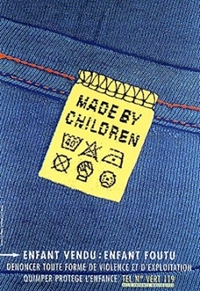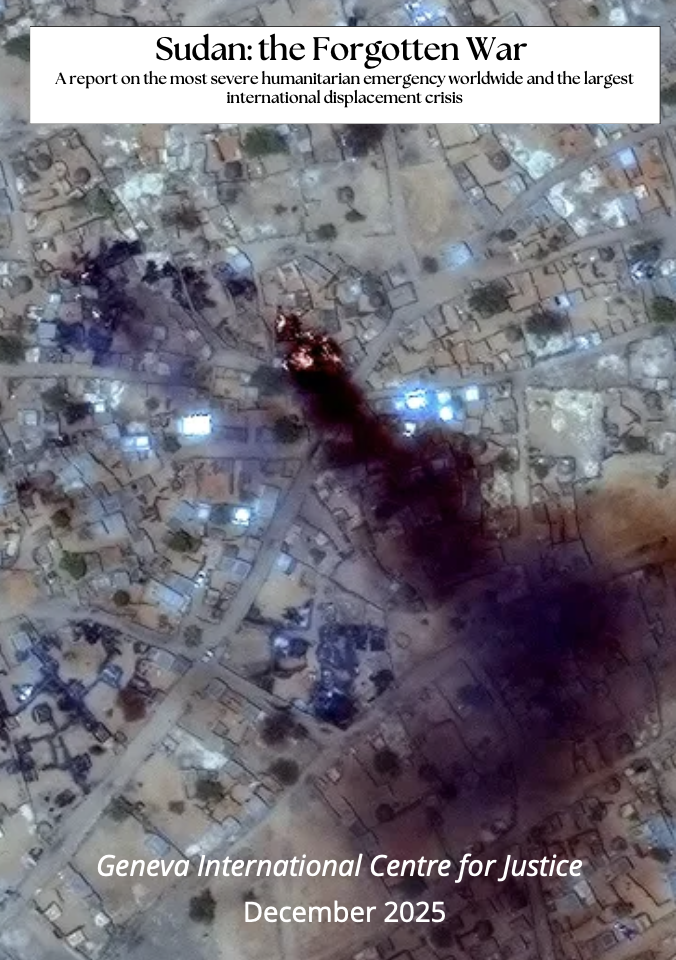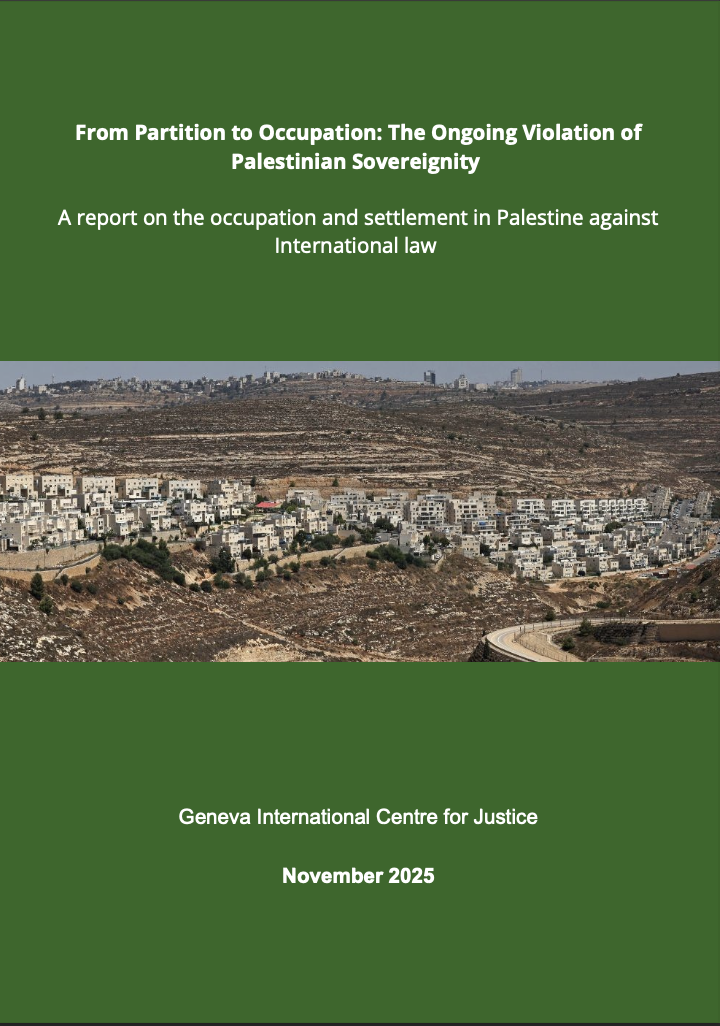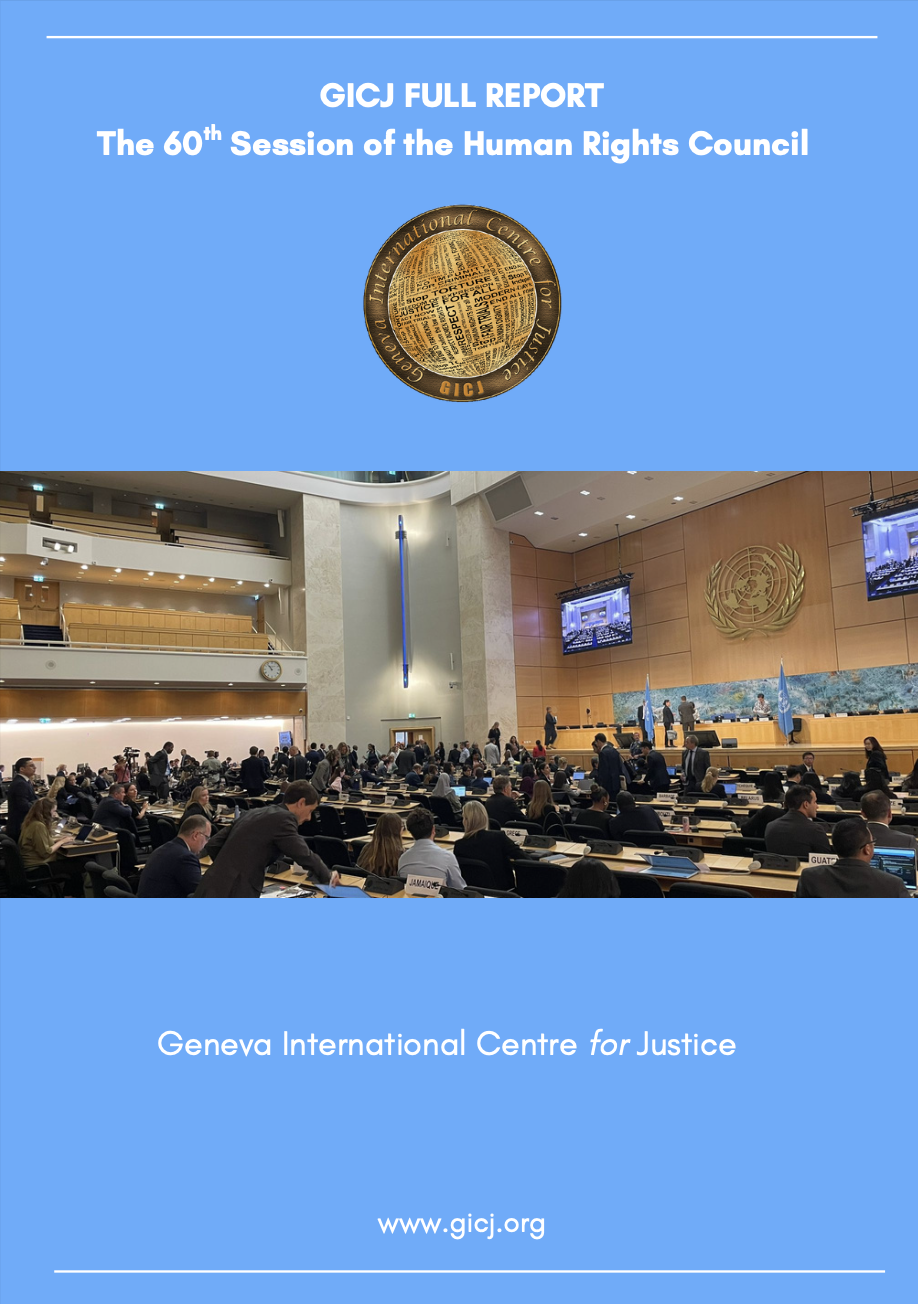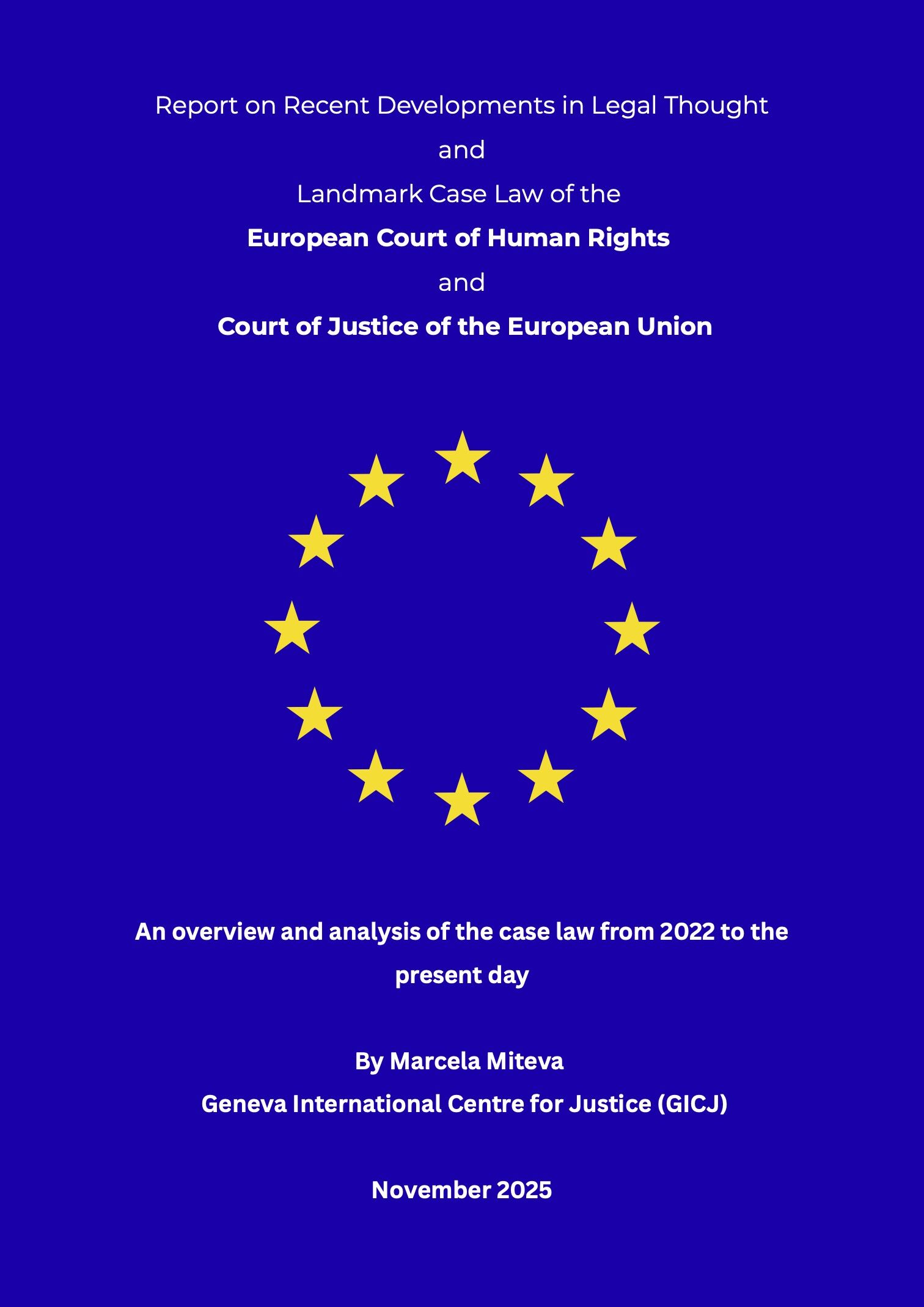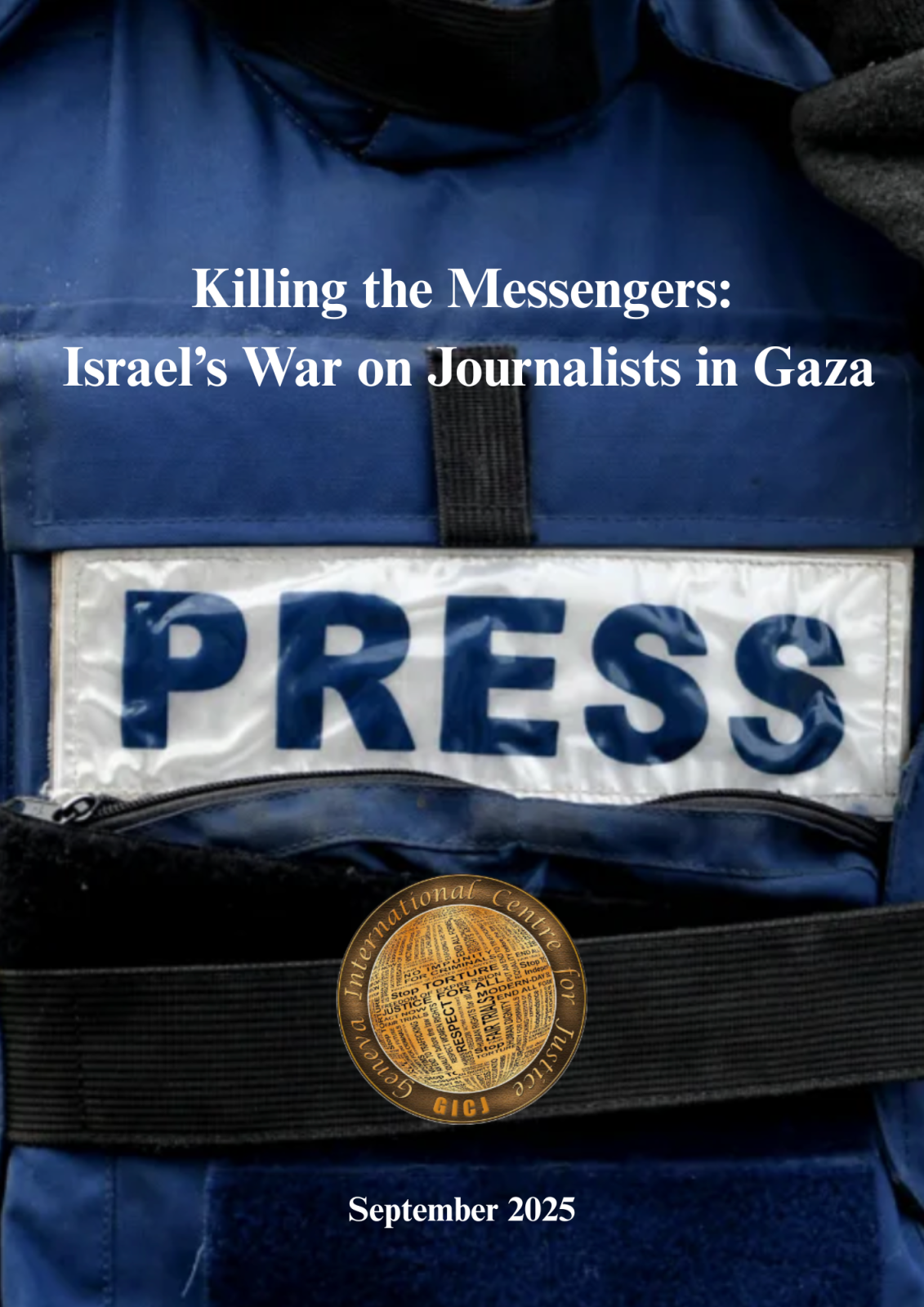19 February 2018
By: Marjon Tytgat
Introduction
In 2007, the General Assembly of the United Nations adopted a resolution (A/RES/62/10) regarding the World Day of Social Justice. The resolution declares that the annual celebration of the World Day of Social Justice will be held on the 20th of February. With their selection of this day, the General Assembly hopes to encourage its member states to promote national and global economic systems based on the principles of justice, equity, democracy, participation, transparency, accountability and inclusion. More specifically, the General Assembly wants to endorse full and productive employment and decent work for all, and also aims to reduce poverty.1
Social justice is a broad concept that relies on a variety of complex and intertwined components. Efforts to achieve social justice often fall short in the labour market. The resolution regarding World Day of Social Justice uses the expression ‘decent work’, which was developed by the International Labour Organisation (ILO). The ILO describes decent work as the following: “It entails jobs that are productive and delivering a fair income, security in the workplace and social protection for families, better prospects for personal development and social integration, freedom for people to express their concerns, organize and participate in the decisions that affect their lives and equality of opportunity and treatment for all women and men. Decent work is one of the key elements to achieving a fair globalization and poverty reduction.”2
Proper working conditions and adequate compensation are thus highly important in the promotion of social justice, as is the general respect of human rights and fundamental freedoms. The 2018 theme of Social Justice Day is “Workers on the Move”. Worldwide, there are 150 million migrant workers; these are people who relocate with the hope of finding jobs elsewhere. Migrating workers set out in search for decent work opportunities, but unfortunately, many of them only secure positions where they face exploitation, discrimination, and unhealthy working conditions. In most of these cases, wages are extremely low and there is little to no respect for their labour and human rights.3
The clothing sector relies on large cohorts of young employees who leave their homes largely unaware of the terrible working conditions that they will encounter upon arrival. In 2013, a garment factory in Bangladesh collapsed, killing more than 1’100 employees and exemplifying the unsafe environment that garment workers are subject to each day. Health and safety issues like these are unfortunately a trend rather than an exception in the clothing industry. Because a large number of migrant workers are employed in the clothing sector, this article discusses various malpractices of the sector along with suggestions for improvement.
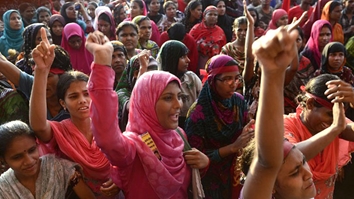 (AFP Photo / Munir Uz Zaman)
(AFP Photo / Munir Uz Zaman)
Textiles, clothing, leather and footwear industry
The textiles, clothing, leather and footwear (TCLF) sector provides employment opportunities to hundreds of millions of workers. The sector offers great potential to contribute significantly to economic and social development.4 However, the TCLF sector is often characterized by terrible working and living conditions of garment workers, and requires extensive policy changes along with stricter regulatory oversight to ensure that it extends social justice to its diverse array of employees around the world.
The root cause of the poor working environment in which the garment workers need to operate is the “fast fashion” idea that lives in the west. Fast fashion describes the ever-increasing speed with which fashion trends make their way from catwalks to storefronts. Intense corporate competition drives prices down, making it easy for consumers to adopt the latest fleeting style, and fostering overconsumption. Global fashion brands, ultimately the customers of garment producers, are constantly hunting for cheaper pricing and tighter production timeframes. These brands frequently make changes to product design, product volume, and production timeframe, placing last-minute orders without accepting increased costs or adjustments to delivery dates. Such absurd expectations are leading to high volatility, low predictability and generally low profit margins, the brunt of which falls on the shoulders of factory workers. Unsurprisingly, this business model promotes working conditions so severe that, in many cases, they can be classified as slave labour.5
Most of the TCLF employees are young women and children. Garment workers are often involuntarily housed in the accommodation of the textile factories, and it is common to share a single room with more than 35 people. Freedom of movement is also generally restricted, making it difficult to maintain contact with friends and families. Many labourers work 60-hour weeks with little or no vacation or sick leave, and must work overtime and/or night shifts with minutes notice and without additional compensation. Factory managers typically only offer short and infrequent breaks, making the physical conditions even more demanding. The humidity, lack of fresh air, and cotton dust shrouding the working space combine with all of the above mentioned burdens to take a severe toll on the health and well-being of the workers.6
|
Atelier d’Arts Plastiques du College Brizeaux, |
Countless children worldwide are subject to child labour, and many of those work in the textile sector.7 The ILO describes “child labour” as work that deprives children of their childhood, their potential, and their dignity, and additionally harms their physical and/or mental development.8 These children are promised well-paid jobs, comfortable accommodation, nutritious meals and opportunities for training and schooling to convince parents to send them to work in the sector. In reality, they work in appalling conditions with very little pay and few options to exit.9 The conditions in which the child garment workers are employed do not amount ‘decent work’.
Fashion brands often argue that the complexity of the fashion supply chain, which makes it difficult to control every stage of production, prevents them from controlling whether human rights are being respected and if working conditions are decent for the workers producing their clothes.10 The reason why fashion brands do not take responsibility for the garment workers is because they too often prioritise profit margins over ethics. The brands are then able to easily hide the ugly underbelly of those margins, and as long as people keep supporting them financially, their priorities will not change. That is why consumer awareness of unethical brands also needs to improve; multiple initiatives have recently launched to provide thorough information about the production chain of a variety of major fashion outlets. Transparency is critical here. Human rights must be visibly respected at each step of the fashion supply chain, and fashion brands need to be held accountable for violations.
It is becoming more and more apparent that more transparency is needed before garment workers will receive fair treatment. As more information becomes available about how and where certain clothes are produced, consumers can be more effective at holding the industry accountable for its bad practices and properly rewarding its good ones. Equally important, consumers need to shift their purchasing practices and how they view shopping. Concepts like ‘shopping therapy’ and Black Friday sales are encouraging overconsumption, where consumers buy up cart loads of cheap clothes without acknowledging the consequences of supporting potentially unethical enterprises. If shoppers begin to abandon these trends, fashion business practices should slowly transition from high-volume, low-profit, exploitive sales toward low(er) volume, higher cost sales with emphases on product quality and ethical fabrication. Additionally, western governments have the ability (and in our opinion, the obligation) to provide attractive tax benefits and incentives to companies that respect human rights.
Upstream, several initiatives have been put into place that aim to improve the general working conditions of those in the TCLF sector. One of these initiatives is called “Better Work”, which is a collaboration between the International Labour Organization and the International Finance Corporation. This programme brings together all tiers of the garment industry to improve working conditions and level of respect for workers, and boosts the competitiveness of ethical apparel businesses. In addition to providing managerial advice to factories, Better Work also collaborates with governments, brands, and unions.11 Various initiatives have popped up in the private sector as well. One of which, “Fashion Revolution”, advocates for a fairer, safer and more transparent fashion industry.12 With #whomademyclothes, Fashion Revolution attempts to shed light on the different aspects of clothing production processes. Another growing programme, “Fair Wear Foundation”, works with several stakeholders in the clothing industry to verify and improve workplace conditions in several production countries. Companies and brands can join the Fair Wear Foundation to get assistance to improve their processes.13 Initiatives like these are gaining traction, showing that there is growing concern among consumers about the origins and the ‘true cost’ of their clothing.14
Recommendations
Many migrant workers search for decent work opportunities in the textiles, clothing, leather and footwear sector, mostly unaware of the terrible working conditions that they will encounter in this sector. To improve the conditions of these migrant workers, and of the garment workers in general, GICJ makes following recommendations;
GICJ encourages all consumers to strongly consider the ethical practices of the fashion brands that they support. Additionally, GICJ calls on fashion brands to actively monitor whether human rights are being respected and working conditions are decent for everyone participating in the production of their clothes. GICJ urges legislators, and especially those involved with international commerce, to push for strict labour laws to protect the rights of garment workers.
1. “World Day of Social Justice”, United Nations, http://www.un.org/en/events/socialjusticeday/index.shtml
2. “Decent work”, International Labour Organisation, http://www.ilo.org/global/topics/decent-work/lang--en/index.htm
3. “Social justice for migrant workers is in everyone’s interest”, International Labour Organisation, www.ilo.org/global/about-the-ilo/how-the-ilo-works/ilo-director-general/statements-and-speeches/WCMS_618011/lang--en/index.htm; and “World Day of Social Justice”, United Nations, www.un.org/en/events/socialjusticeday/index.shtml.
4. “Textiles, clothing, leather and footwear sector”, International Labour Organisation, http://www.ilo.org/global/industries-and-sectors/textiles-clothing-leather-footwear/lang--en/index.htm
5. “Textiles, clothing, leather and footwear sector”, International Labour Organisation, http://www.ilo.org/global/industries-and-sectors/textiles-clothing-leather-footwear/lang--en/index.htm; and “Workers’ conditions in the textile and clothing sector: just an Asian affair?”, European Parliament, http://www.europarl.europa.eu/EPRS/140841REV1-Workers-conditions-in-the-textile-and-clothing-sector-just-an-Asian-affair-FINAL.pdf
6. “Flawed Fabrics”, SOMO – ICN, http://www.indianet.nl/pdf/FlawedFabrics.pdf; and Fashion Revolution, http://fashionrevolution.org/; and The True Cost, https://truecostmovie.com/
7. “Global Estimates of Child Labour”, International Labour Organisation, http://www.ilo.org/wcmsp5/groups/public/---dgreports/---comm/documents/publication/wcms_575499.pdf
8. “What is child labour”, International Labour Organisation, http://www.ilo.org/ipec/facts/lang--en/index.htm
9. “Flawed Fabrics”, SOMO – ICN, http://www.indianet.nl/pdf/FlawedFabrics.pdf; and “Child labour in the fashion supply chain”, the Guardian, https://labs.theguardian.com/unicef-child-labour/
10. “Child labour in the fashion supply chain”, the Guardian, https://labs.theguardian.com/unicef-child-labour/
11. Better Work; https://betterwork.org/about-us/the-programme/
12. Fashion Revolution, http://fashionrevolution.org/
13. Fair Wear Foundation, https://www.fairwear.org/about/
14. The True Cost, https://truecostmovie.com/
International Days of Remembrance articles by GICJ:
|
|
|
|
|
|
|
|||||
| Human Rights Day |




